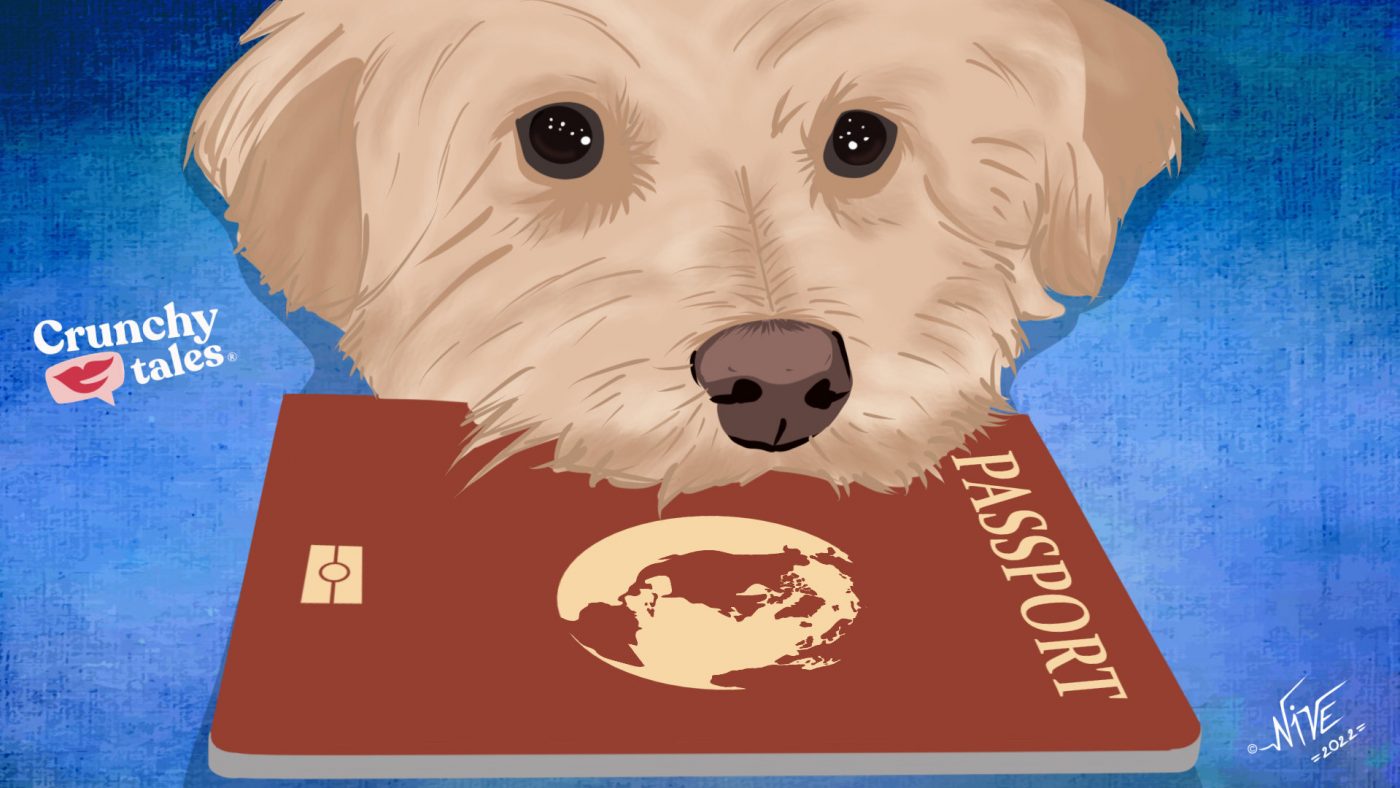Travelling With Your Pets: Your Basic Summer Guide
Our pets play a large part in our lives and most of us consider them part of the family. So why don’t we take them on a holiday with us? There are a growing number of pet-friendly travel destinations throughout the world and pet travel is on the rise as it opens up a great option for those wanting to experience new places with their beloved furry friends.
If you’re not sure whether it’s the case to travel with your dog (or cat) this summer, you should consider that even though it may be challenging and expensive (eg. costs of flights, accommodation and insurance), it may also give you a great excuse to get out and explore a bit more. Pets are also great conversation starters in case you’re looking to meet more locals and there’s no doubt that they will have more fun on holiday with you than they would have at home. In the end, no matter how much we trust our neighbour or pet sitter, we all still worry about how they are doing while we’re away.
Of course, travelling with your pets isn’t as simple as packing their food and hitting the road. It’s worth considering some rules and regulations and making sure your pet meets several conditions before the trip. However, while this can feel overwhelming, with good advance planning and organization, it’s possible to safely include your beloved dog or cat on many of your trips.
These basic tips can help you get started.
Visit your veterinarian before travelling
Make an appointment with your vet ahead of your scheduled travel to ensure that your pet is healthy and can handle the stress of travelling. Depending on where you go, additional pet vaccinations may also be required. If you’re crossing borders, for instance, you likely will need a valid, current health certificate for your furry friend, which only your veterinarian can issue. Your vet can also advise you on products such as spot-ons, tablets or collars that will kill and/or repel eventual parasites both before and during the trip. What’s more, in case you have not already microchipped your pet, there is no better time to do so than before a trip. This permanent identification form cannot be removed or lost, making it the best way to guarantee a happy reunion if your pet becomes lost while travelling.
Plan your trips around your pet
Try and ensure that your itinerary will be pet-friendly from start to finish. If you’re travelling by car, we suggest mapping out spots along your route for your dog or cat to relieve themselves and, of course, taking a bowl, as well as some toys with you. If your pet is travelling via plane or any other mode of transportation in which they’ll be separated from you, then provide a crate big enough for them and give them time to get used to it. Place a litter box or a puppy pad in a corner in their crate, making sure it’s secured and will not fall or slide onto your pet.
A lot of the hard carriers come in two pieces, so I recommend setting out just the bottom piece and placing your pet’s bedding—and even treats—in there to make your pet feel comfortable with it – says Susan Smith, president and CEO of PetTravel.com -Then put the top on and leave the door open at home. We have owners whose pets would prefer to sleep in the crate than the bed.
Also, check-in advance that all hotels, airlines, ferries and car rental companies you plan to use allow pets. Don’t book any non-refundable accommodations or services until you are sure your pet is welcome. Some of the best websites to help you plan your hotel or campsite include BringFido and Petswelcome.com
Don’t run out of supplies
Compile a list of everything your pet might need before you set off. Some items to consider include: a name tag (with mobile phone number), water and food dishes, brush/grooming tools, a leash, food and treats, an old towel or sheet to cover hotel furniture and the all-important poo bags. Also, your pet may be unsettled when he/she first arrives so it’s a good idea to take as many of their things as possible. Familiar items such as your pet’s own bed, blankets and toys can make a big difference as the last thing you want is for them to feel worried and upset.
Stay on schedule
Once arrived at your destination, show your pets their new surroundings and let them explore the area so they start to feel at home as soon as possible. Dogs and cats tend to be creatures of habit so stick to their routine where possible. Try to feed them at the same times of day as you would at home and always stick with your pets for a while to help get them settled before visiting the place you chose for your holiday.
Like this post? Support Us or Sign up to our newsletter to get more articles like this delivered straight to your inbox!


